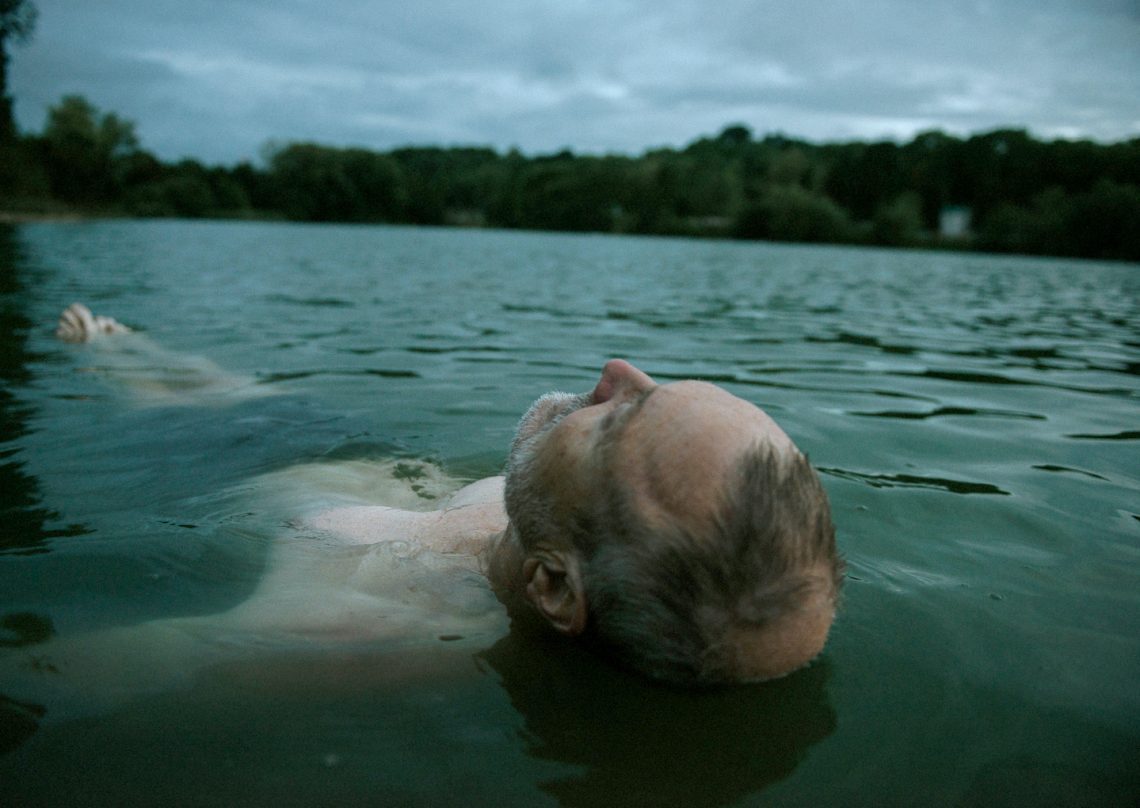
How to avoid ear infections while swimming
Why the smallest bit of swim kit is the most important for preventing ear infections
Swimming costume, goggles, hat, towel… but one of the most important pieces of swimming kit is often overlooked.
Ear plugs are essential to protect your ear health, and your hearing, if you are a regular swimmer.
As swimmers we are at risk of two types of ear conditions: Swimmer’s Ear and Surfer’s Ear. Confusingly, as outdoor swimmers, Surfer’s Ear – although less common – is a major risk, especially for winter swimmers.
What is Swimmer’s Ear?
The likelihood of ear infections is significantly increased with exposure to water.
Most people will have heard of Swimmer’s Ear (Otitis externa), an inflammation of the ear caused by bacteria that enters the ear canal when swimming.
You are particularly at risk of contracting Swimmer’s Ear if you swim in polluted water, but it is also possible to contract Swimmer’s Ear from water trapped in the ear canal after a shower!
Although primarily caused by bacterial infection, the condition is exacerbated if the delicate skin of the ear canal is damaged.
What are the symptoms of Swimmer’s Ear?
Symptoms of Swimmer’s Ear include ear pain, swelling of the ear canal and occasionally decreased hearing.
How can I prevent Swimmer’s Ear?
Swimmer’s Ear can be prevented by wearing ear plugs and drying your ears properly after swimming.
How do I treat Swimmer’s Ear?
Treatment is usually in the form of ear drops; tempting though it is to use ear buds to clean the ears, this could worsen the infection so best avoided.
What is Surfer’s Ear?
Surfer’s Ear is the common name for an exostosis or abnormal bone growth within the ear canal. Less common, but a real risk for open water swimmers, Surfer’s Ear is not the same as Swimmer’s Ear, although infection can result as a side effect.
Surfer’s Ear is caused by the effects of long-time exposure to cold wind and water and is so named due to its prevalence among cold water surfers.
Cold wind and water exposure causes the bone surrounding the ear canal to develop lumps of bony growth, which can eventually block the ear canal and lead to a significant loss of hearing.
Where the ear canal is blocked by these bony growths, water and wax can become trapped and cause infection.
Treatment includes surgery using drills and miniature chisels, so this really is a condition best avoided!
How can I prevent Surfer’s Ear?
Like Swimmer’s Ear, Surfer’s Ear can be prevented by wearing ear plugs or a neoprene hat that stops water getting in the ears.
As more and more swimmers take up winter swimming, it is important that we look after and protect our ears from both these conditions.
The Outdoor Swimmer Shop stocks a variety of ear plugs and neoprene hats – check them out here.








